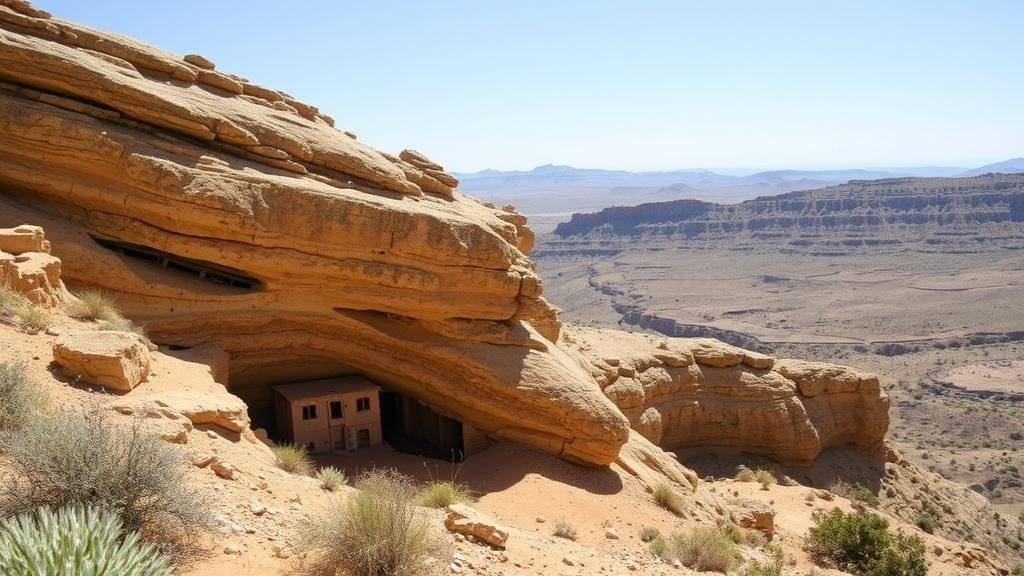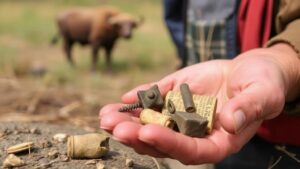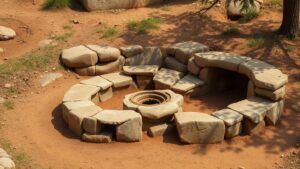Techniques for Recovering Treasure Hidden in Desert Cliff Dwellings
Techniques for Recovering Treasure Hidden in Desert Cliff Dwellings
Desert cliff dwellings, often carved into the sandstone or rock faces of arid landscapes, are rich repositories of archaeological and historical treasures. These structures, built by ancient civilizations, hold artifacts that can provide valuable insights into past cultures. But, recovering treasures from these challenging environments requires a combination of careful planning, advanced technology, and respect for both heritage and the environment. This article will explore effective techniques for treasure recovery in desert cliff dwellings, emphasizing both methods and ethical considerations.
Understanding the Environment
Before attempting to recover any treasures, it is essential to understand the specific environment of desert cliff dwellings. Typically, these areas are characterized by:
- Extreme temperatures with daytime highs reaching over 100°F (38°C) and nighttime lows dropping significantly.
- Limited access due to steep cliffs and rugged terrain.
- Unique ecosystems that can affect the preservation of artifacts.
It is crucial for treasure recoverers to familiarize themselves with the geography and climate to ensure both their safety and success in unearthing historical treasures.
Surveying and Mapping Techniques
One of the first techniques employed in treasure recovery is thorough surveying and mapping of the cliff dwelling area. Tools such as LiDAR (Light Detection and Ranging) technology allow archaeologists to create high-resolution topographic maps of rugged terrains. For example, a LiDAR survey conducted in the southwestern United States revealed hidden structures beneath dense vegetation that had previously gone unrecorded.
Also, Geographic Information Systems (GIS) play a vital role in analyzing the data collected. They can help visualize historical sites contexts by overlaying various datasets, thus guiding the recovery process more effectively.
Excavation Strategies
Once a site has been surveyed and mapped, the next step involves excavation. Due to the often fragile state of cliff dwellings, sophisticated excavation strategies are necessary. Some key strategies include:
- Vertical Excavation: This involves digging downwards in layers, carefully documenting each artifacts location and depth. This technique minimizes damage to surrounding structures.
- Horizontal Excavation: This is often used when large areas of a cliff dwelling are accessible. It allows for the recovery of multiple artifacts from a broader context, revealing patterns of habitation and use.
Excavations should be systematic and cautious, as they can disrupt the sites natural state. Employing screen sifting can help catch smaller artifacts that might otherwise be overlooked.
Advanced Retrieval Techniques
Complex retrieval operations often leverage technology to enhance efficiency and safety. Key techniques include:
- Drone Technology: Drones equipped with cameras can provide aerial views of difficult-to-reach areas, helping to identify places of interest before foot exploration or excavation. They can also be used to monitor ongoing excavations from above.
- Robotic Tools: Remote-controlled robots can traverse perilous areas within cliff dwellings, recovering artifacts without risking human safety.
For example, a recent project in the American Southwest utilized drones to map cliff dwellings, which helped archaeologists identify potential treasure areas without the need for initial ground disturbance.
Ethical Considerations in Treasure Recovery
Recovering treasure from cliff dwellings raises critical ethical questions. It is essential to approach treasure recovery with respect for the cultural and historical significance of the site. Regulations often govern archaeological excavations, particularly on public lands, emphasizing the need for permits and adherence to established protocols.
Professionals in this field should aim to:
- Engage with local communities and indigenous groups to preserve cultural narratives.
- Conduct thorough documentation to ensure that every artifact recovered is contextually understood and preserved.
- Support conservation efforts by collaborating with museums and educational institutions to display findings responsibly.
Real-world Applications and Case Studies
Several historical cases exemplify successful treasure recovery techniques in desert cliff dwellings. One prominent example is the work conducted by archaeologists in the Mesa Verde National Park, where careful excavation and restoration led to the preservation of Ancestral Puebloan artifacts without damaging the surrounding environment.
Another noteworthy example is the extensive use of drones in archaeological surveys conducted in the Andes mountains of Peru, where remote cliff dwellings have generated interest due to their rich history. e approaches not only enhance recovery operations but also engage the academic community in discussing the implications of findings.
Conclusion
Treasure recovery from desert cliff dwellings is an intricate process that involves understanding the environment, employing advanced technologies, and adhering to ethical standards. By harnessing a blend of traditional archaeological techniques with modern technological advancements, professionals can uncover valuable historical treasures while preserving the integrity of these sites for future generations. Collaborative efforts with local communities further enhance the significance of these discoveries, ensuring that cultural heritage remains respected and celebrated.
As interest in these ancient sites continues to grow, advancing techniques will likely emerge, emphasizing the importance of sustainable practices and innovative solutions in the field of archaeology.



